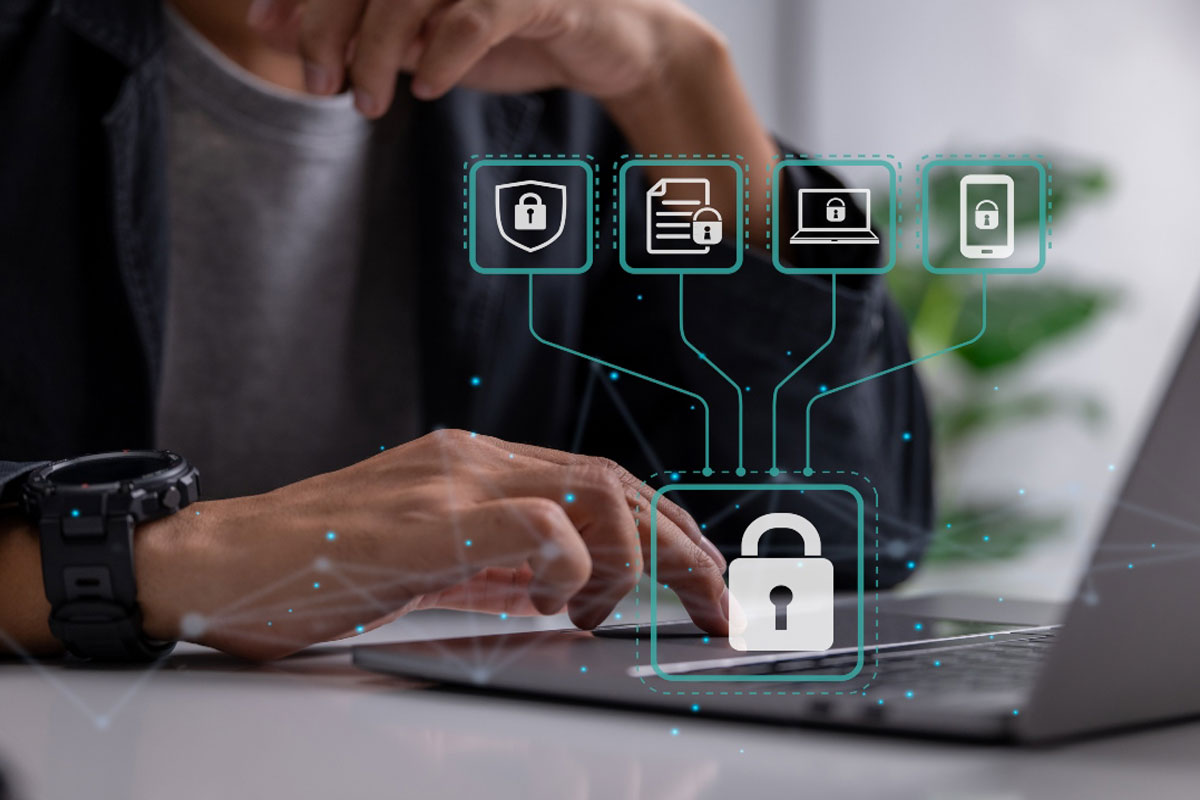With cyber threats constantly evolving, organizations must take a proactive, risk-based approach to security. When built into operations from the ground up, best practices can help mitigate exposure and minimize the impact of increasing attacks. Let’s explore some key steps all businesses should implement.
Perform Vulnerability Assessments
Regular scanning using automated tools helps uncover vulnerabilities and weaknesses before hackers do. Manual penetration testing then validates results, providing detailed remediation guidance. Establish a baseline, and audit infrastructure quarterly or as systems change. Patching and configuration controls get stronger over time through continual assessment.
Educating users to build a security-aware culture also enhances defenses. Simulated phishing tests train staff to spot suspicious emails while security awareness modules reinforce good practices. Continual training adapts guidance as threats evolve.
Employ Multi-Factor Authentication
Gone are the days of basic passwords alone. Switch to stronger credentialing methods across all user accounts and privileged access using one-time codes from authenticator apps or physical tokens. Enable MFA requirements for any remote access to systems as well. Going passwordless with advanced biometrics and FIDs offers even better protection.
SecureConfiguration Is Paramount
Implement robust policies enforcing secure builds, focusing on the principle of least privilege and restricting unneeded software/permissions. Use configuration auditing tools to compare systems to documented baselines and remediate drift. Hardened configurations reduce vulnerabilities, while audit logs enable accountability and swift incident response.
Encrypt Sensitive Data
Applying military-grade encryption with authenticated and validated encryption modes locks down any confidential data at rest or in motion. Encrypt hard drives used for portable devices as well as backup storage. Encrypt communications in transit using protocols like TLS/SSL. Enforce strong encryption policies and auditing to prove compliance.
Isolate Network Zones
Segment networks into secure zones based on data sensitivity and user access levels. Implement layered security controls including next-gen firewalls, IPS/IDS, and SAN/DANZ to detect and prevent lateral movement. Careful design forces attackers through multiple verification checkpoints if breached.
Patch Operating Systems and Applications
Rapid patching of vulnerabilities remains arguably the most effective security control. Automate patch deployment and ensure all systems update within a 7-day window at most. Beyond operating systems, apply patches and upgrades religiously to all applications and middleware according to vendor guidance.
Monitor and Respond to Incidents
Deploy a SIEM correlating logs from endpoints, servers, and security controls for visibility into all activity. Define alert thresholds and response plans for anomalies detected. Trained security operations center analysts validate incidents 24x7x365 to contain issues before they escalate. Comprehensive monitoring enables rapid containment and cleanup.
Evaluate Vendor Access Privileges
Carefully plan controls around any third-party access for support/maintenance. Only grant entitlements as required, using just-in-time/just enough permissions. Monitor activity logs for anomalies indicative of unauthorized privilege abuse. Require robust security assurances from all vendors handling sensitive systems or data.
Institute an Incident Response Plan
Even the most secure organizations can face inevitable incidents or breaches. Develop an IR plan outlining roles and procedures for containment, eradication, and recovery of impacted systems. Validate processes through simulated exercises. Formal IR plans expedite remediation and minimize costly disruptions.
Compliance is Assurance
Following security industry frameworks like NIST CSF, ISO 27001 and data privacy laws provides outside validation of robust controls and processes. Annual external audits identify gaps requiring improvement. Certifications signal to customers and auditors a company takes protection seriously.
Cybersecurity is ultimately a journey of continuous progress, and comprehensive protection demands diligence across people, processes, and technology. Consistent implementation of these best practices strengthens overall risk management posture and better prepares organizations for what’s to come.




No comment